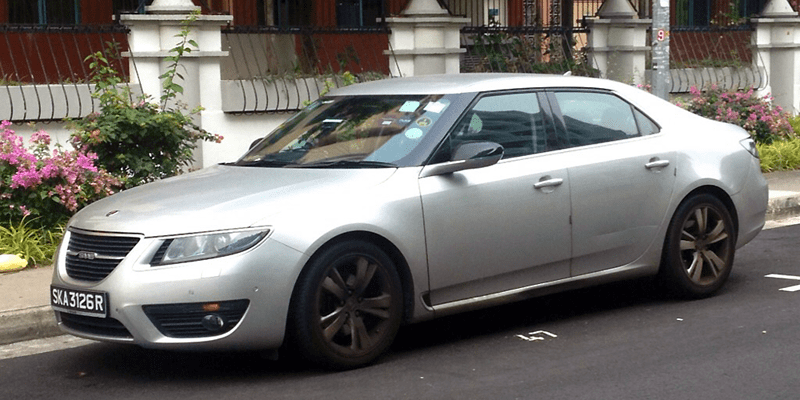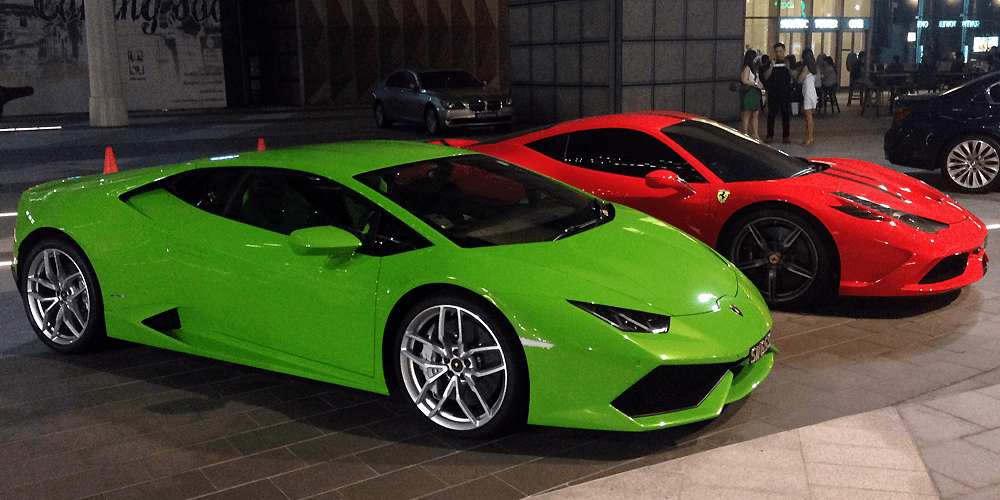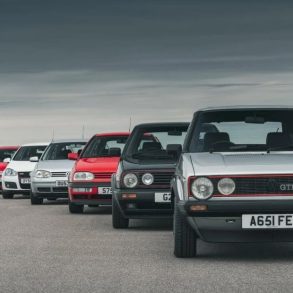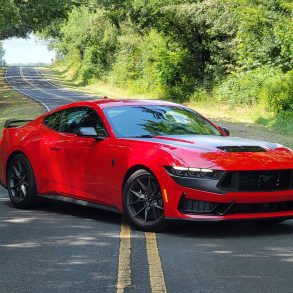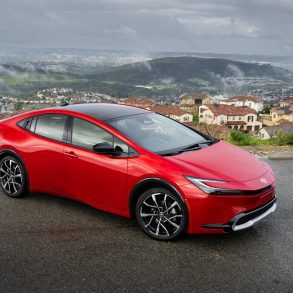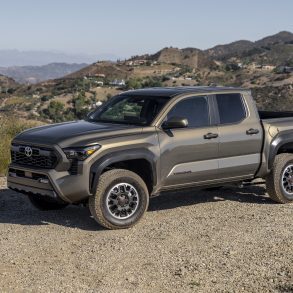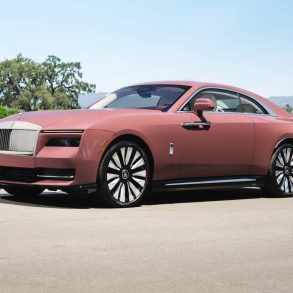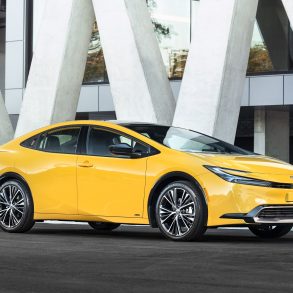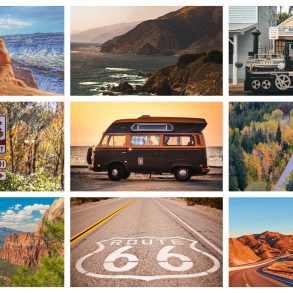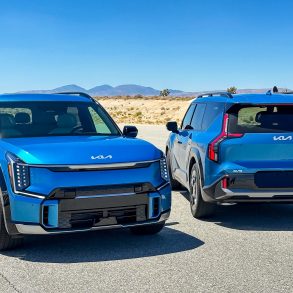So we’ve taken a virtual tour to Morocco, Africa, Monaco, Europe, Nagoya, Japan and Bali, Indonesia, and we’ll stay in Asia once again, visiting Singapore. Although not that very far from Indonesia on the map, the car culture in Singapore almost couldn’t be more different than that of Bali. Gone are all the small motorbikes and in are supercars. That’s right, the Singapore streets look more like those of Monaco with all the supercars and luxury cars showing off
This is not only because Singapore is one of the wealthiest countries in Asia – and in fact the world- but also because they have quotas on the number of new cars that can be registered each year. On top of these quotas, new car buyers need to get a Certificate of Entitlement from the government, which gives them the right to register, own and use a vehicle in Singapore for a period of 10 years. Because these COEs have to be acquired through an auction, prices rise when demand is high. As a result, the cost of acquiring a COE can be as high as the price of the car itself, therefore favoring the wealthy, whom are more likely to buy luxury cars. Because the certificate is valid for 10 years, after which a car needs to be exported or scrapped, you won’t find many old cars on the roads of Singapore either.
As a result, Mercedes-Benz, BMW and Lexus dominate the car landscape in Singapore, and other European brands have higher market shares than elsewhere in Asia, with Volkswagen, Audi, Volvo, Land Rover, Citroën and Porsche scoring more than 1% market share. I even spotted no less than two Saab 9-5 of the last generation, of which only 11.850 have been produced. Still, during times when the COEs are relatively affordable Asian brands like Toyota, Nissan and Honda are the most popular.
Taxis in Singapore are mostly South-Korean midsized sedans, from all four brands: the largest company uses both blue Hyundai Sonata and i40 and the same models in yellow, another company uses red Chevrolet Epica and more recently red Renault Latitude (which is a Korean Samsung SM5) and then there’s a third company using silver Kia Optima. Luxury cabs are almost all Mercedes-Benz, and for MPVs there’s the Mercedes-Benz Vito and Viano and the Toyota Alphard.
Singapore has close ties with Malaysia, the only country with which it shares a border and from which it became independent in 1965. Besides thousands of expats from Europe and the US, a lot of Malaysians also work in Singapore. And as the cost of housing in the country is so high, many workers live across the border in Malaysia and commute every day. What struck me were the signs before the border that cars with Singapore license plates were required to have their fuel tank filled to more than 3/4 before crossing the border to Malaysia, risking a fine if caught with less fuel in the tank. This rule was imposed as a result of the big difference in fuel prices between the two countries and should prevent Singaporeans from crossing the border just to fill up with cheap Malaysian gasoline.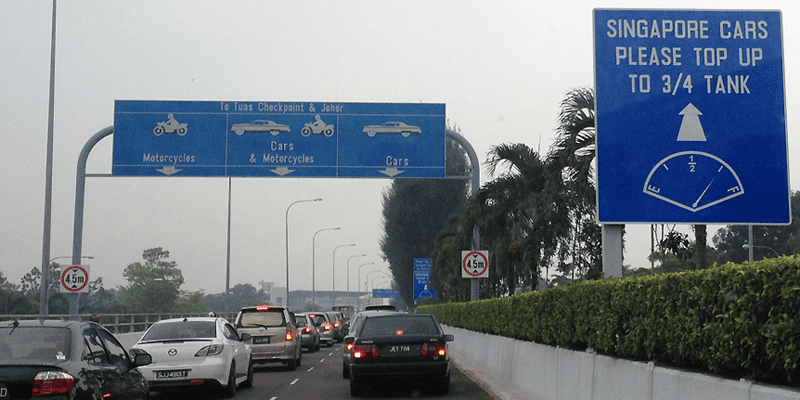
The lower-tier workers are transported in the back of pick-up trucks with seats in the back. Not the US-style pick-up trucks, but the Asian cab-forward type, which can seat as many as 20 people in the back. Some have tarps to keep the passengers dry during the monsoon season. No seatbelts required, but the maximum number of passengers is displayed on the outside of the trucks.
But back to the supercars. I spotted an insane amount of Lamborghinis during a club meet, where about 23 Aventador, Gallardo and Huracan were present, then there was a supercar road rally with multiple McLaren, Ferrari, Porsche, Lamborghini and AMG models. AMG is pretty well-established in Singapore, as I spotted several units of each model during my week in the country. Besides Monaco, I haven’t seen such a supercar density anywhere in the world, and while Singapore isn’t as small as Monaco, there really isn’t much room to drive these cars to their full potential, and the speed limits are pretty strict and well monitored, so are hardly ever put to work. I heard that they sometimes cross the border to Malaysia to do high-speed runs, but for the rest these cars have no point at this place but showmanship. Still, I enjoyed it, so at least that worked.
[envira-gallery id="38875"]
[envira-gallery slug="car-culture-singapore"]

